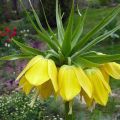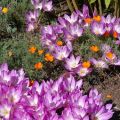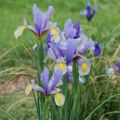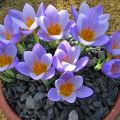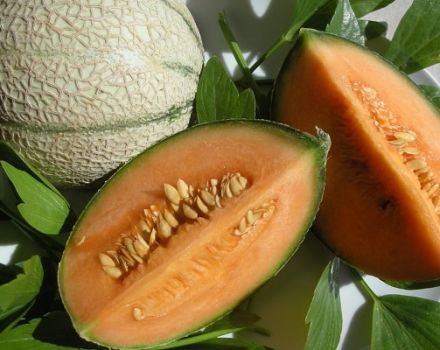Description of 20 varieties and types of Chionodox, planting and care in the open field
Chionodoxa is a winter-hardy perennial plant that, when properly planted and cared for, blooms outdoors. It began to be cultivated in the 18th century, gradually scientists bred many species and varieties, with different colors, length of shoots and density of inflorescences. Many varieties are popular with flower growers; they begin flowering in the middle of the scales, when many crops begin to lay foliage.
Description and features
Perennial bulbous plant, stems reach a height of 10 - 12 cm, in rare cases grow up to 15 cm. Flowers are winter-hardy, one of the first to give flowers. Inflorescences are single, have 5 - 6 petals. The color is blue, light purple, blue, pink, white, depending on the variety and species. After flowering, forms seed pods. The bulbs are oblong, ovoid, covered with scales. The roots fall off after one year of flowering, and the bulbs sprout for 2 years in a row.
Landing
Planting plays an important role in the further flowering of the plant. You need to know the timing, favorite places of the chionodox, the correctness of the planting process, and the neighborhood with other plants.
Timing
Since the plant begins to bloom when the snow has not yet completely melted, the bulbs are planted in the fall. During this period, the bulbs are gaining strength to give strong flower stalks in the spring.
Site selection
Chionodoxa prefers areas that are well lit or in partial shade. It is not recommended to plant the bulbs in full shade; they will sprout but not bloom. Places under trees with spreading leaves that bud at the end of flowering are suitable.

Important! When growing chionodoxa in a sunny area, flowering occurs several days earlier than in the shade.
How to plant
The soil should be loose and nutritious, well-drained. In the selected area, holes are made, the distance between them is 10 cm. An onion is deepened into each hole. The larger the onion, the deeper it is immersed. The smallest ones are dropped by 4-6 cm, and the largest by 6-8 cm. After planting, nitrogenous fertilizers are applied. Forest soil is also scattered next to the planting, it has a positive effect on the development of chionodox.
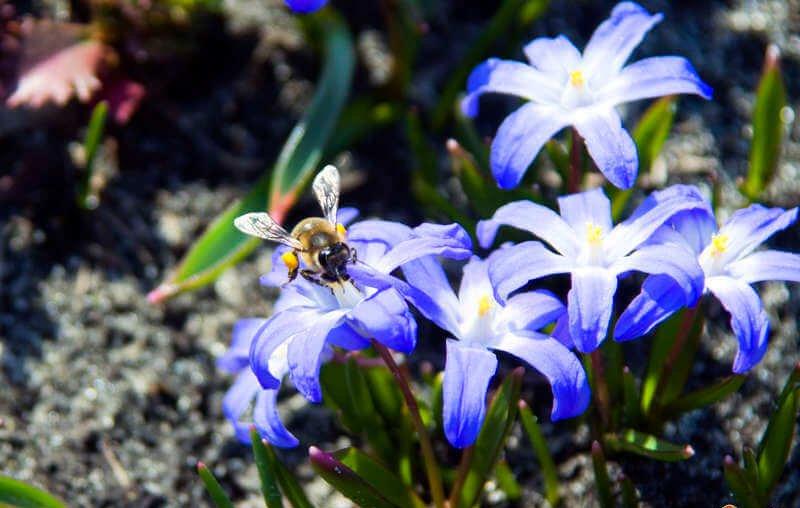
Neighbors
Snowdrops are suitable for joint cultivation with chionodox, flowers, the flowering of which falls in early spring. Chionodox are planted near shrubs and under trees that have sparse foliage and create moderate shade. The best neighbors are:
- primrose;
- hyacinth;
- crocus;
- iris;
- Adonis;
- Pushkinia;
- hellebore.
Care
For the successful flowering and development of the plant, it is necessary to observe correct watering, to loosen and weed the soil, periodic transplants, mulching, fertilizing with fertilizers.
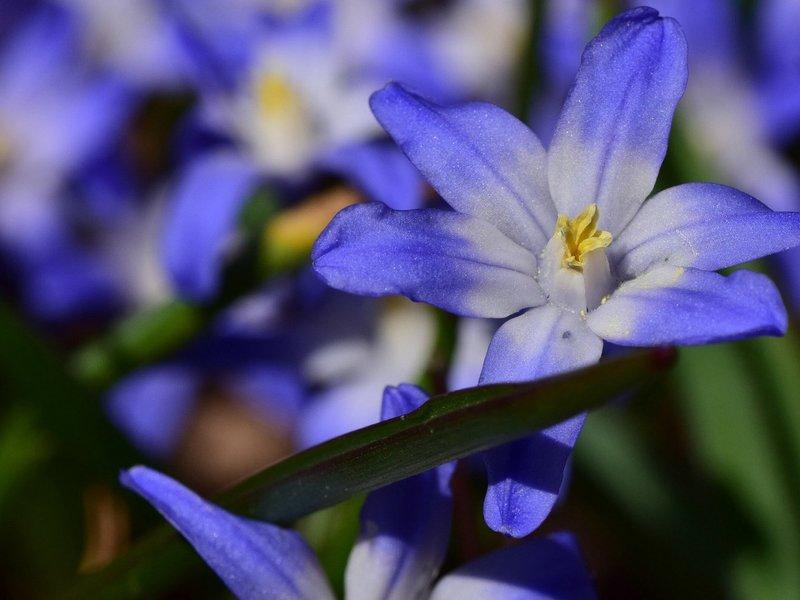
Watering
During dry periods, plants need frequent watering. It is important that the soil at the base of the roots does not dry out. When watering, water is poured under the leaves so that drops of water do not fall on them. For irrigation, use pre-settled or rainwater.
Loosening and weeding
For improved aeration of the soil and nutrition of the bulbs, the soil around the plant is periodically loosened. Together with loosening, all weeds are removed, which impoverish the soil and worsen the flowering of chionodox. Loosening is carried out after each watering and rain.

Mulching
Mulching is carried out for the winter, the root area of the flowers is covered with spruce needles or forest moss. This provides additional protection against severe winter frosts. Leaving the shelter for the growing season will keep moisture at the roots.
Transfer
For transplantation at the end of July, flowers are dug up along with the bulb. By this time, the plant has completely faded, the foliage begins to dry and sink. The bulbs are dug up and left until autumn in a cool, dark place. Before the next planting, the children are separated from the maternal specimens.
Top dressing
Mineral complexes with nitrogen content are used for feeding. They are distributed in a small layer at the roots. So Chionodoxa absorbs nutrients faster.

Wintering
The plant is winter-hardy and tolerates any frost well. However, it is recommended to cover the chionodox after planting with moss or spruce needles.
Reproduction
Reproduction is carried out vegetatively, by seed method and forcing.
Vegetative
After flowering, the plant forms bulbous lobes, which can be separated and obtained two independent flowers. After digging, the bulbs are left in a cool place, and before planting, they are divided according to the line of shares. After they are planted according to all the rules.

Seed
For seed reproduction, you need to collect seeds from the shoots in time. If you miss the moment, the capsules burst, and the seeds crumble to the ground. They attract the attention of ants, which carry them around the site. The seeds are collected and the seedlings are prepared at home, later the plants are transferred to the ground.
Important! The flowering of chionodox grown from seeds begins in the second year of the growing season.
Distillation
The bulbs are planted in a pot in the fall and placed in a cool place. After 2 months, they are taken out to a warm place and begin to water. After a while, the plant will sprout and bloom. After the end of flowering, the bulb is removed for storage, and the next season is planted again.
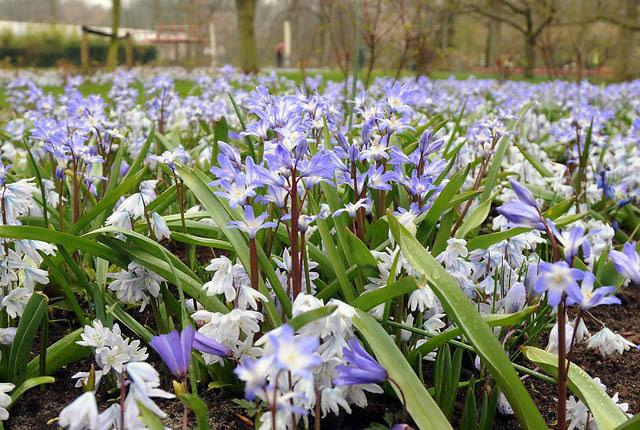
Diseases and pests
Chionodox are resistant to diseases, however, with increased flooding, the soil is exposed to diseases and pests.
Gray rot
It is formed at high soil moisture. The bulbs begin to rot. The plant blooms and develops poorly, the leaves turn yellow and dry.
Fusarium
The disease is caused by a microscopic fungus. It appears as dark spots on the leaves of Chionodox. They gradually turn black, dry and fall off. Infection slowly spreads to adjacent shoots and flowers. When the stage is advanced, it also affects the bulbous part.
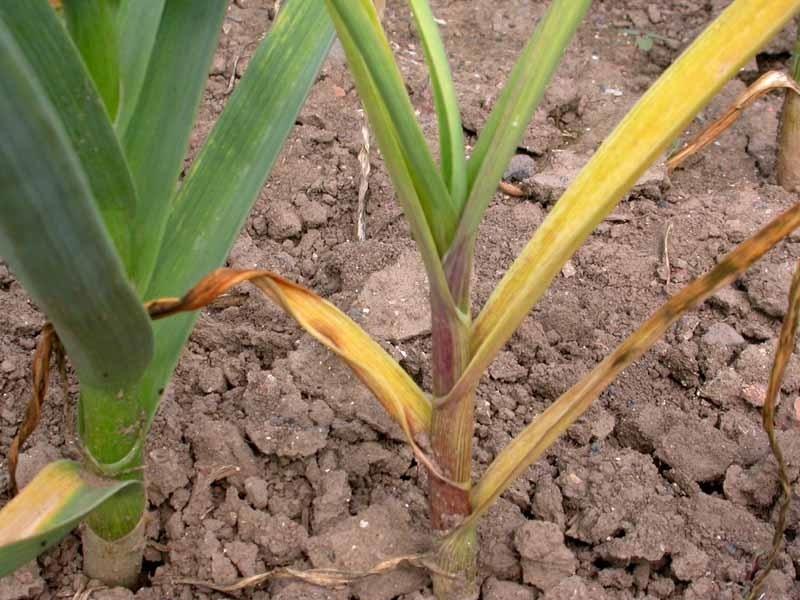
Septoriasis
Microscopically, a fungus that forms dark spots on the leaves with a red rim. A light spot is formed inside the spot, 20 - 25 of them are formed on one sheet.
The leaves turn yellow and dry, this disease affects the quality of the plant's flowering.
Sclerotinosis
Microscopic fungus mainly affects adult plants. Watery spots form at the base of the stem, they gradually grow and the stem rot, capturing the lower leaves and roots.
Meadow mite larvae
The insect lays the larvae in the soil, which feed on plant roots located in the soil. In chionodoxa, the larvae infect the bulbs, they eat them from the inside, after which they become unsuitable for subsequent planting.
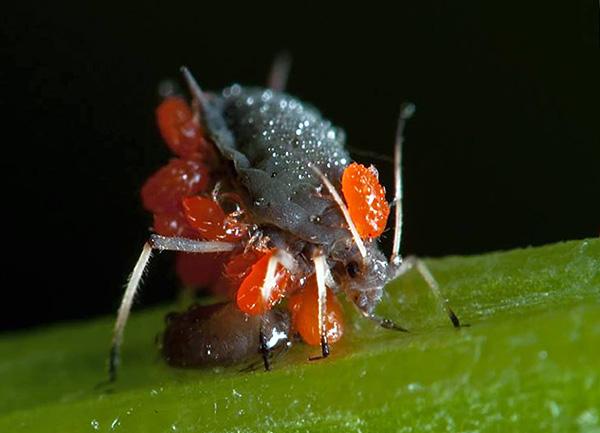
Mice and moles
Rodents that live in soil and feed on plant bulbs. It is difficult to deal with them. To get rid of them, traps for rodents with poison are installed on the site.
Important! To prevent the appearance of diseases and insect attacks, it is recommended to carry out chemical treatment at the beginning of the growing season.
Kinds
Chionodox have several main types. Some of them began to be cultivated as early as the 18th century. Later, as a result of the work of breeders, many species and varieties appeared.
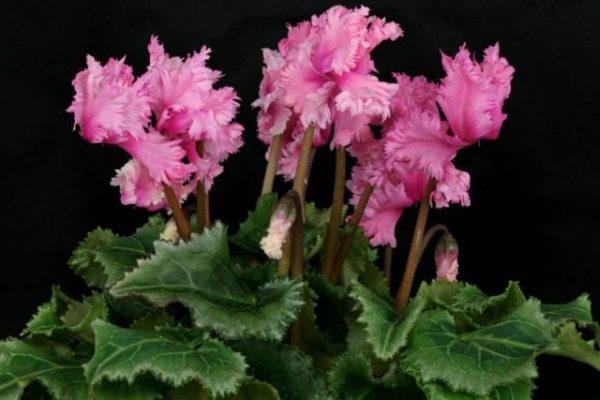
Forbes
Gives the tallest shoots, which reach up to 25 cm. It blooms with gentle blue flowers, with a light core. On one inflorescence there are 3 - 4 flowers. Each of them consists of 5 petals.
Lucilia
The second name is Chionodox Giant. Forms high peduncles up to 20 cm. On the shoots there are flowers collected in inflorescences of 2-3 pieces. They are white, hairless, pink or purple in color. This is the very first species that began to grow on their own plots.
Sardinian
Flowering begins at the end of March. The bulbs are brown in color, producing bright blue numerous flowers, with a diameter of about 20 mm. Shoots reach 12 cm in height. About 10 flowers bloom on one plant.
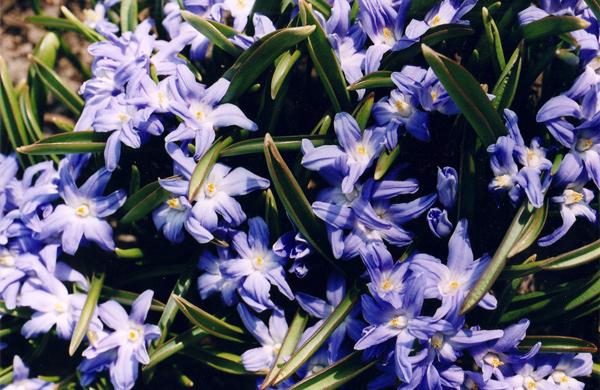
Dwarf
Flowering occurs in April or May. Of all the representatives, it gives the smallest shoots, which are up to 11 cm in height. At the top are inflorescences of 2 - 3 flowers, with a color ranging from pale blue to pale pink.
Whitish
The bulb is medium in size, covered with a brown skin. Shoots are low, about 12 cm, flowers are small. 1 cm in diameter, white or pink. The leaves are straight, dark green. Single inflorescences.
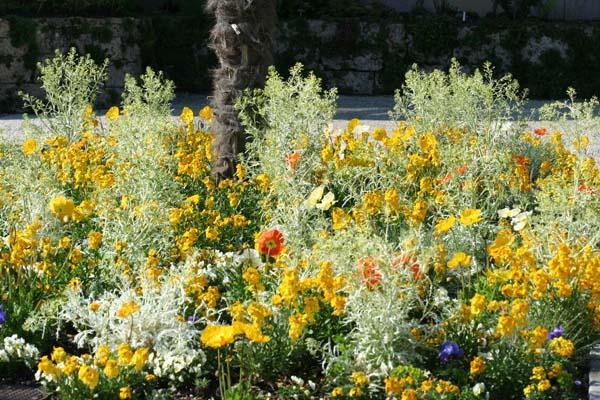
Madam lok
Little studied species, shoots are low, about 12 cm. At the top are blue or purple flowers, collected in inflorescences of 7 - 8 pieces. Flowers 2 cm in diameter.
Popular varieties
The most popular plant varieties are used by gardeners from different regions. They delight the eye with their bright colors at the very beginning of spring, when many cultures are just beginning to wake up.
Alba
The variety belongs to the variety Lucilia. The plant is not whimsical in the choice of soil. It takes root well and grows on any soil. Shoot height is 14 cm, blooms with white flowers with a yellow core.
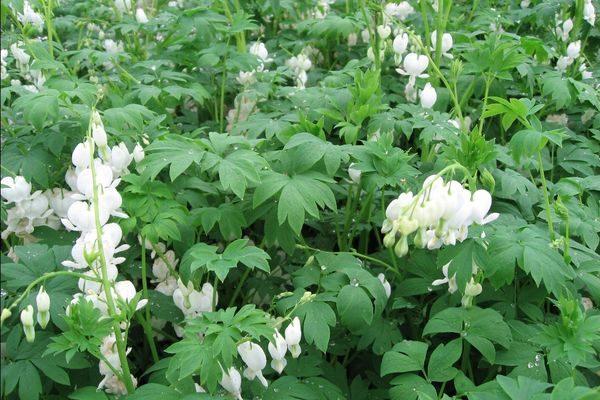
Blue giant
Flowering occurs in May and lasts 2 weeks. Shoots reach 15 cm, inflorescences are dense, consist of 8 - 10 blue flowers. The core is white, the flowers are small.
Pink Giant
The flowers are soft pink. Shoots 15 cm high, pouring green. In inflorescences collected 3 - 4 flowers. The core is light. Flowering occurs in May or early June.
White
Shoot height up to 12 cm, flowering begins in late spring. At the top are large white flowers. Shoots are located tightly next to each other. The bulbs are brown, covered with scales.

Pink
Perennial plant forms pale pink flowers, with a light middle. The flowers are large, up to 35 mm in diameter. Peduncles of medium length from 10 to 12 cm.
Quinn
The perennial produces large, pale pink flowers with yellow stamens. The leaves are located closer to the ground, are brown-green in color. The flowers are densely arranged. One inflorescence contains 5-6 flowers.
Watercolor
Refers to the Sardinian species.The flowers are collected in dense fluffy inflorescences, the flowers are blue, star-shaped, shoots up to 10 cm high. The middle of the flowers is white.

Artemis
Refers to the species of Sardinian chionodoxa, shoots are low up to 10 cm. Flowering begins in mid-spring, the flowers are small blue, 5-6 flowers are collected on one inflorescence.
Absolute
Bulbous plant with medium shoots about 12 cm, flowers are bright, blue, with a light core. Flowering lasts more than two weeks. They take root well in shaded areas.
Atlantis
Refers to the Sardinian plant species. Bulbs give shoots 10 - 12 cm long, flowers are light blue, almost white, with yellow stamens in the center. The inflorescences are lush.
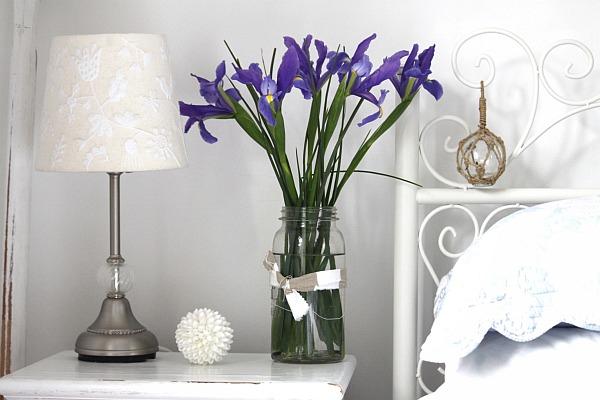
Arctic
A hybrid of the Sardinian chionodox species, grows in any soil, is unpretentious in care. Shoots are 9 - 12 cm high, white star-shaped flowers are formed at the top, collected in lush inflorescences.
Violet Beauty
Low-growing perennial plant. Forms flowers in the form of bells of bright purple color with a light center. The flowers are large, up to 4 cm in diameter. Prefers planting in places with variable lighting.
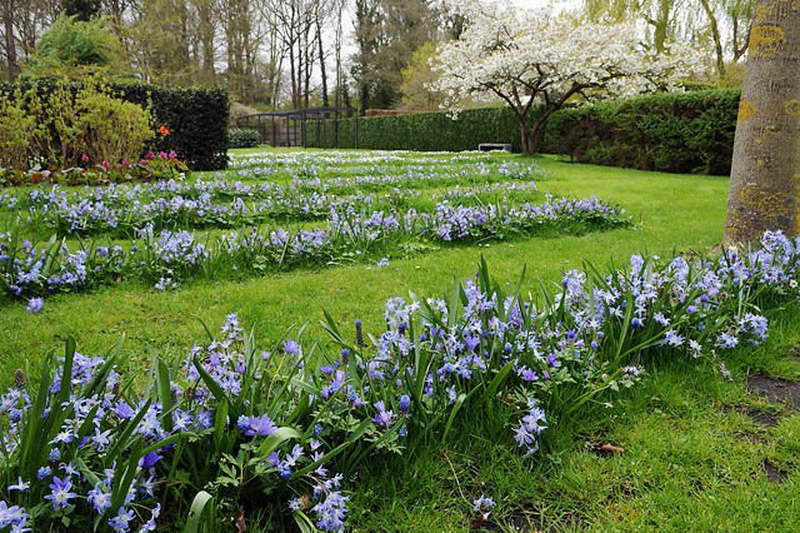
Mixture
Flowering occurs in May and June. A low-growing plant, shoots 13 cm long. A feature of the variety is the presence of flowers of different colors on one plant: blue, purple, pink, lilac.
Blue white
It belongs to the Forbes species, gives high shoots up to 25 cm, large blue flowers with a white center are located at the top.
The leaves are green with a brown tint, located near the ground.
Use in landscape design
Many flower growers use chionodox in landscape design. They are used for multi-stage design, planted at the lowest level, next to evergreen shrubs and other flowering plants. Flowers adorn trees and shrubs in early spring, when foliage has not yet formed on them. Also, beds with chionodoxes are formed next to curbs or large stones. They go well with other bulbous plant species.
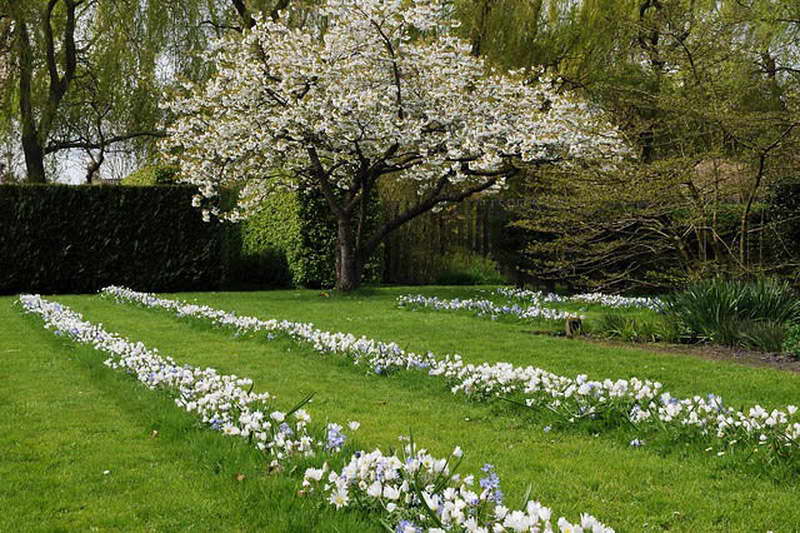
Reviews
Valentina 65 years old, Novorossiysk
Chionodox is one of my favorite flowers. I like the unpretentious care and early flowering. While all the crops in the garden are just about to form foliage, chionodox pleases the eye with its bright colors. I am planting Blue White and Pink Giant varieties.
Bulb of each type of soot through one. In spring, a combination of pink and blue colors is obtained.
Arkady 45 years old, Perm
I have been doing flower growing for a long time, one of my favorite activities. I plant Chionodox in the fall, their wife and daughters love them very much. I use varieties Alba, Atlantis, Arctic. The plant easily tolerates frost and does not require special care. In the spring, I feed with nitrogen fertilizers. In mid-July, I dig up the bulbs for storage. These varieties are especially popular with their flowering.
Alena 30 years old, Tver
My favorite varieties of chionodox are Violet Beauty and Queen, I also plant Absolute and Mix. I chose the place for the bulbs next to the roses. While the shrubs are gaining green mass, chionodoxes delight with their bright multi-colored flowers. They are not whimsical to care for, I leave the bulbs in the ground for the winter, I do not cover them with anything. After flowering, around the middle of summer, the plants are dug up, and the bulbs are left in the cellar until spring.


